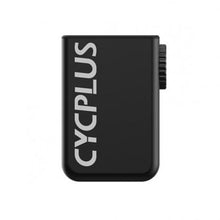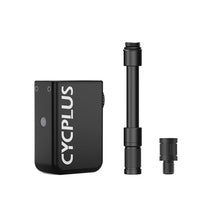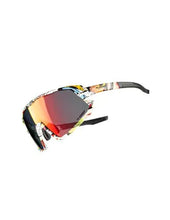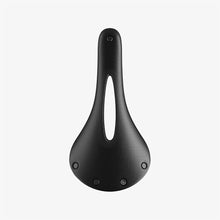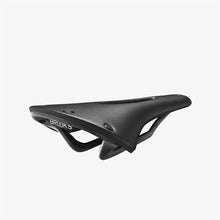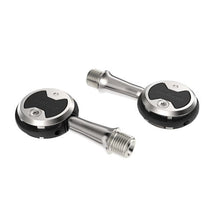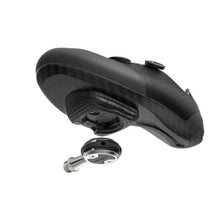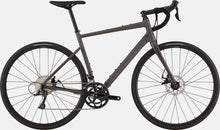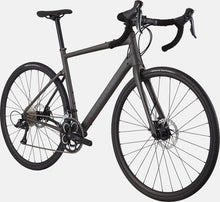Outstanding carbon
When we address the frame of a climbing bike, the first aspect we need to consider is the raw material used. Using the highest quality composite materials is the starting point to give rise to a project that focuses fully on top-level performance.
For the Verticale SLR, we specifically used 3 types of fibres produced by Toray, a Japanese multinational and leader in the carbon fibre market, especially T800, T1100, and M46JB.

New integrated V-Bar
V-Bar, like the other monocoque handlebars in the Wilier range, is also compatible with our other premium bikes. It is available in 6 sizes, 2 with a width of 37/40mm, with 90 and 100mm stems, 4 with a width of 39/42mm, with 110, 120, 130 and 150mm stems.

Brake sheath routing
The contact surface has been increased to improve the passage of the sheath inside the handlebar.

Integrated cyclocomputer mount
It is secured thanks to two through holes which have enabled us to optimise weight further compared to previous models.
At the rear, in the fork-sleeve handlebar stem area, you can see that the tightening system is different . The screws tighten on two aluminium inserts, a solution that makes replacement easier in the tightening part, while also improving the distribution of force on the composite part.
The rear of the stem is finished with a rubber insert to prevent dirt and sweat from penetrating the handlebar, thereby preserving its reliability in the long run.

Seatpost with light or integrated number

New seatpost clamp system
This tightening system has allowed us to lighten the weight at that point of the frame with respect to the 0 SLR.


New derailleur coupling
This is how we succeeded in cutting down the weight of the coupling and having two possible configurations allowing the mounting in one case of a 50-34 or 53-39 compact crankset and in the other an oversized crankset with up to 55-56 teeth as required by our World Tour teams.

Shaped dropout
The interchangeable part is cantilever, which allows considerable space between the chain and the stays and avoids possible points of contact between the chain itself and the stay.
Everything is compatible with wireless and semi-wireless groups.

Asymmetrycal fork
The sections on the rod housing the brake calipers have been oversized, whereas the right seat stay sections are lighter and thinner.
A new feature is the left fork stay which is twisted. This shape is an improvement for two reasons: improved orientation of the carbon fibres during rolling (to respond better to stresses) and the improved resistance to forces exerted by the calipers during braking.

New racing geometries
The result is a change in the frame geometries and in the handlebar geometries. The bike stack has remained unchanged. Its reach on the other hand has been slightly shortened for sizes XS and S, while for sizes XL and XXL it has been extended compared to our classic geometries.
As for the handlebar, we focused on positions C0 and C1, the most performing for the athlete. This allowed us to deliver a product which, in terms of fitting, is suitable for all needs and any type of rider.

Geometries
| XS | S | M | L | XL | XXL | |
|---|---|---|---|---|---|---|
| C/C (cm) | 43.2 | 46.2 | 48.2 | 50.2 | 52.2 | 54.2 |
| L (cm) | 50.9 | 52.7 | 54.3 | 55.9 | 57.6 | 58.9 |
| H (cm) | 45 | 48 | 50 | 52 | 54 | 56 |
| A (°) | 72.5 | 74.5 | 74 | 73.5 | 73 | 73 |
| L1 (cm) | 40.5 | 40.7 | 40.8 | 41 | 41.2 | 41.2 |
| H1 (cm) | 10.2 | 12.1 | 13.8 | 15.5 | 17.2 | 18.9 |
| A1 (°) | 70.6 | 71.5 | 72 | 72.5 | 73 | 73.5 |
| Reach (mm) | 373 | 380 | 386.5 | 393 | 400 | 408 |
| Stack (mm) | 505 | 523 | 541 | 559 | 577 | 595 |
| Wheelbase (mm) | 974 | 981 | 990 | 999 | 1009 | 1017 |



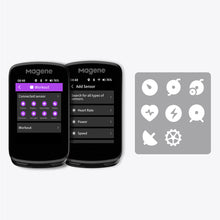
![Shimano BUILT-IN TYPE Di2 BATTERY [SD300 TYPE]](https://unitedbycycling.com/cdn/shop/files/shimanoBT-DN300-di2battery_220x220.jpg?v=1735645011)
![Shimano BUILT-IN TYPE Di2 BATTERY [SD300 TYPE]](https://unitedbycycling.com/cdn/shop/files/shimanoBT-DN300-di2battery-electronicshifting_220x220.jpg?v=1735645030)
